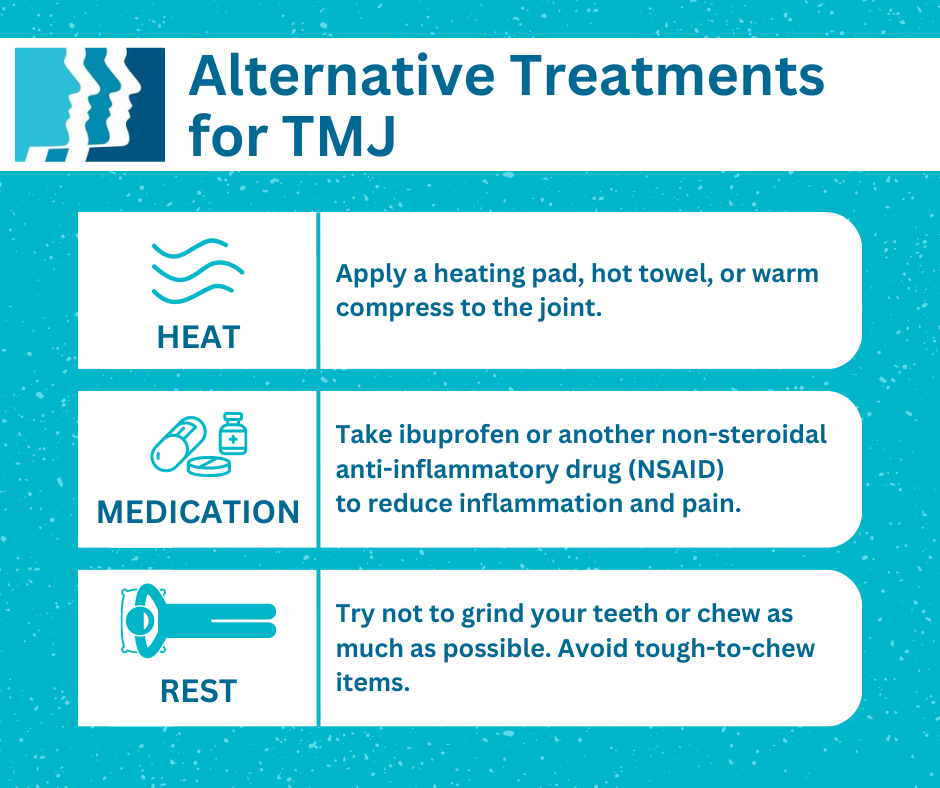Botox for TMJ: The Doctor’s Guide to Using Botox to Relieve Jaw Pain and Tension

TMJ affects millions of Americans, causing discomfort, pain, and soreness. Fortunately, there are several treatment options available, including Botox.
Using Botox for TMJ is an effective and safe alternative to conservative therapies or bite guards. Plus, it’s fast and easy, with virtually no recovery time or side effects.
If you’re considering Botox for TMJ, here’s what you need to know:
What Is TMJ and What Causes It?
Temporomandibular joint syndrome, also called TMJ, is a condition that causes dysfunction in the jaw joint and the surrounding muscles.
Basically, TMJ is a mini-arthritis or inflammation within the joint that connects the mandible, or the jawbone, to the temporal bone, which is part of the skull. It’s like having a sprained ankle or tennis elbow in the joint right in front of your ear, where the jaw hinges on the skull.
TMJ is associated with symptoms including pain and tenderness in the jaw, achiness in or around the ear, and a locking jaw joint, making it difficult to open and close your mouth.
Most often, TMJ results from overuse or repetitive jaw muscle movement. Other causes include skull injury, grinding teeth, or genetics.
How Can Botox Help With TMJ?
Botox is a popular aesthetic treatment, but we also use it to relieve the symptoms of TMJ.
When we use Botox for TMJ treatment, we gently inject it into the masseter muscle, which is the large, strong muscle you feel in your cheek when you clench your teeth. We may also treat the temporalis muscle, which is another large chewing muscle on the side of your head near your temple.
TMJ Botox treatments partially paralyze these muscles, temporarily weakening them to relieve the strain and pressure on the temporomandibular joint. This provides much-needed relief from painful TMJ symptoms and gives the joint time to heal.
What to Expect During Botox for TMJ
If you and your doctor decide to proceed with Botox for TMJ, you’ll find it’s a quick and easy process. We use a very small needle to gently inject Botox into your chewing muscle. The entire procedure consists of about three to four tiny injections, and due to the small size of the needle, it’s relatively painless.
You can expect to see a significant improvement in your symptoms within about three to four days after receiving Botox for TMJ.

What Are Some Alternative Treatments for TMJ?
While Botox is an effective way to relieve TMJ symptoms, it’s usually not the first line of treatment offered. Instead, we recommend the following solutions first:
- Heat: Apply a heating pad, hot towel, or warm compress to the joint.
- Medication: Take ibuprofen or another non-steroidal anti-inflammatory drug (NSAID) to reduce inflammation and pain.
- Rest: Try not to grind your teeth or chew as much as possible. Avoid gum, chewy candy, nuts, steak, ice, or other tough-to-chew items.
If those treatment methods are unsuccessful, the second line of treatments we typically recommend include a bite guard — a simple mouthpiece that keeps teeth from clenching or grinding and helps alleviate the painful pressure in your jaw — or TMJ Botox treatments.
Are There Any Risks or Side Effects of Botox for TMJ?
When injected properly, there are very few risks or side effects of using Botox for TMJ. There may be a small amount of bruising in some instances, but even that’s rare.
A doctor is most qualified to treat TMJ with Botox because they have the necessary medical and anatomical knowledge to prevent unwanted side effects. As long as you see a knowledgeable medical doctor for your Botox treatment, there’s minimal risk involved.
What Is the Recovery Process Like?
TMJ Botox treatments only require a quick office visit, and there’s virtually no recovery time needed. Immediately after leaving the office, you can return to work, run errands, or complete any other activities you had planned for the day.
How Often Will I Need to Repeat the Botox Treatment?
Botox generally wears off in about three months. Often, that’s all the time you need for your temporomandibular joint to heal from stress and overuse. However, depending on the severity of your condition, you might need to come back in for a repeat treatment.
If you have severe TMJ symptoms, we may want to see you for Botox treatment every three to four months. As you continue your treatments, you won’t need to come in as often because the Botox will weaken the muscles over time, reducing the severity of your TMJ symptoms.
How Many Units of Botox Are Needed to Treat TMJ?
Since the masseter muscle is large, it requires more units of Botox than a cosmetic treatment. Botox for TMJ typically requires about 15–20 units per side, or 30–40 units total.
It’s important that we treat both sides of the jaw because if only one side weakens, the other side will still pull hard on the mandible. Uneven pressure on just one side will worsen TMJ symptoms.
If you have any other questions about Botox for TMJ, we encourage you to speak with an experienced physician about this treatment. If you live in West Texas, don’t hesitate to contact us and set up a consultation!
While Botox isn’t the only available treatment option for TMJ, exploring every possible solution is essential to getting lasting relief from painful symptoms.
Dr. Cuthbertson is a physician at Ear Nose & Throat Associates of Lubbock. He joined the team at ENT Lubbock from Houston, where he was chief resident of the prestigious Bobby R. Alford Department of Otolaryngology at Baylor College of Medicine. He is board certified in Otolaryngology and Head & Neck Surgery and has quickly built a reputation, not only as an extremely skilled surgeon, but as an approachable and compassionate clinician adept in the newest standards and technologies. Learn more about Dr. Cuthbertson.
Categories:








